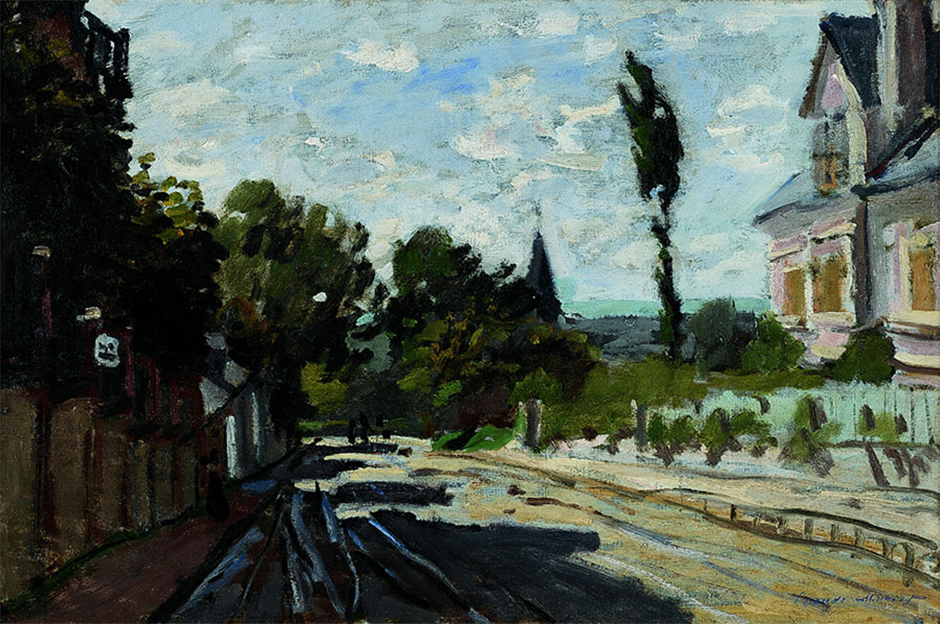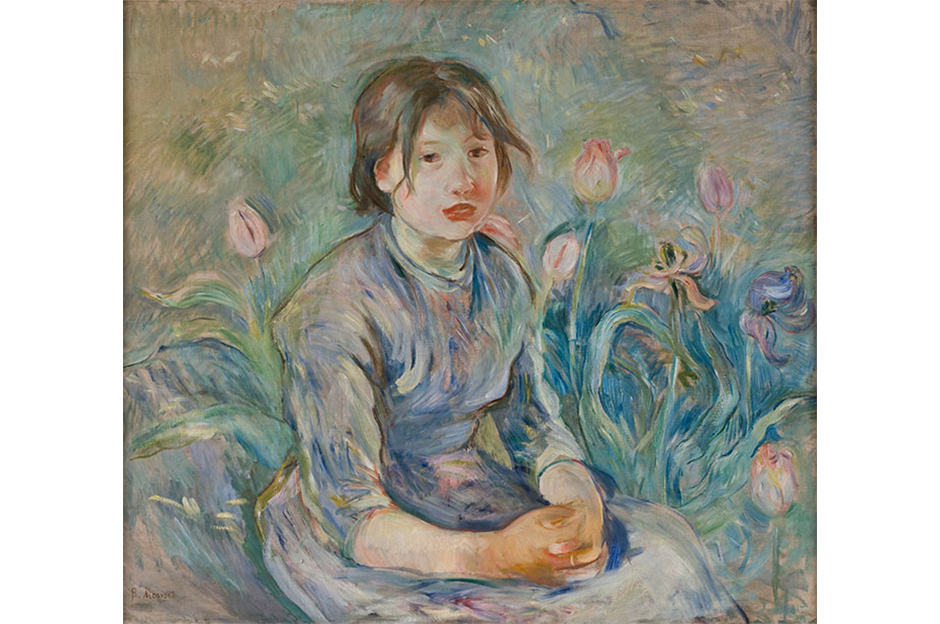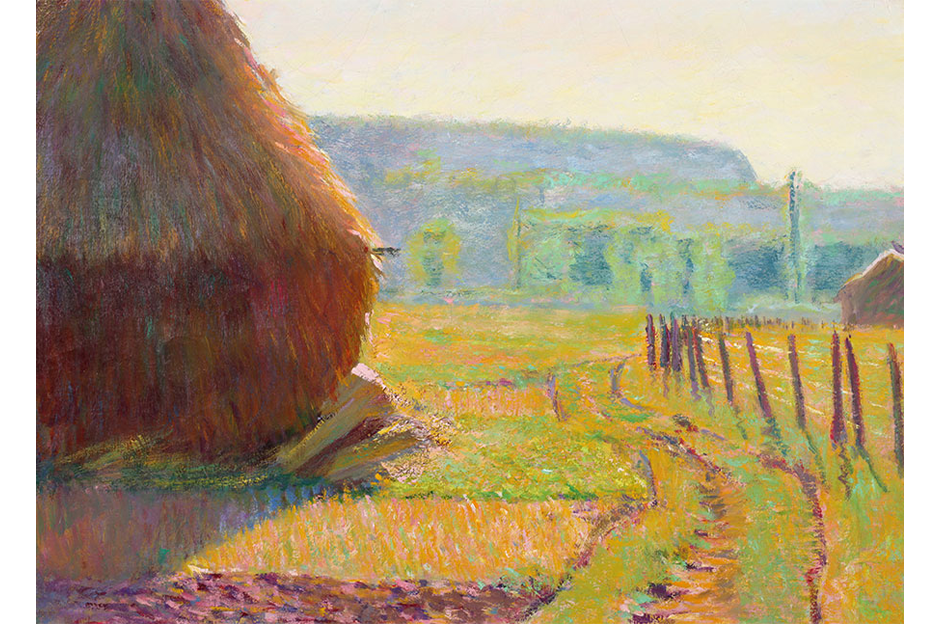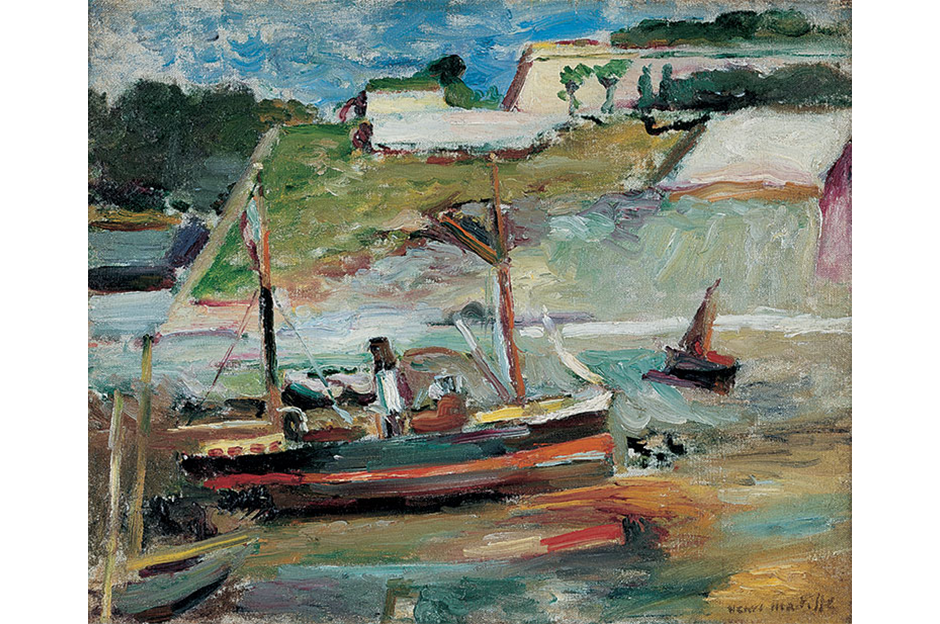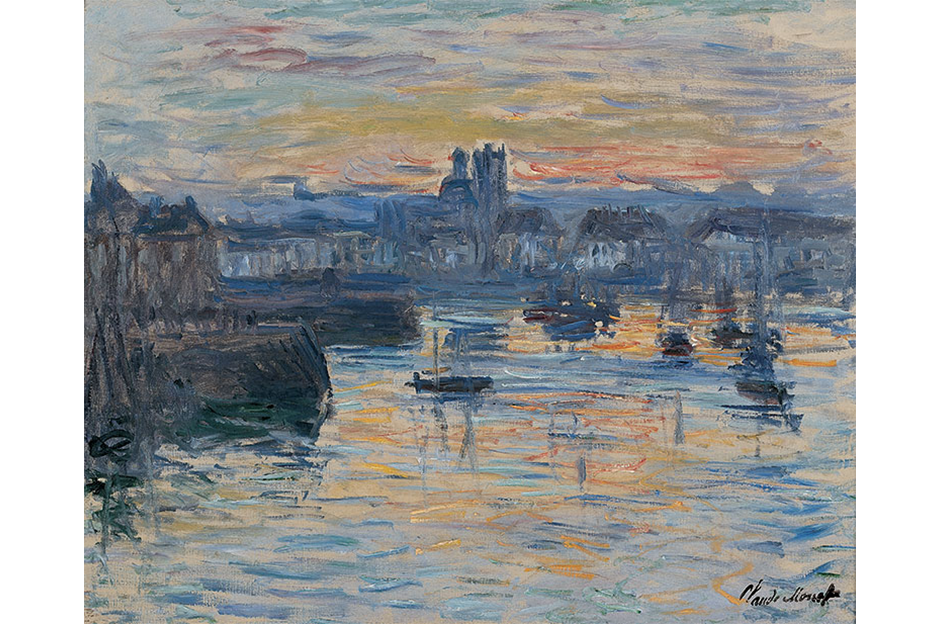We Thank our Exhibition Sponsors:
Mohawk Valley Regional Economic Development Council
New York State Council on the Arts with the support of
Governor Andrew Cuomo and the New York State Legislature
The Gilbert and Ildiko Butler Family Foundation, Inc.
Gilroy Kernan & Gilroy Insurance
M&T Bank
Empire State Development Division of Tourism Market NY Funds
M. Griffith Investment Services, Inc
Monet to Matisse features more than 60 paintings and pastel drawings from the renowned collection of the Dixon Gallery and Gardens in Memphis, Tennessee. The exhibition includes landscapes, portraits, interiors, and still lifes by leaders of French Impressionism: Claude Monet, Edgar Degas, Berthe Morisot, Pierre-Auguste Renoir, Henri de Toulouse-Lautrec, Camille Pissarro, and Alfred Sisley, as well as work by noted American Mary Cassatt. Major paintings by Post-Impressionist artists Henri Matisse, Paul Cézanne, Paul Gauguin, Marc Chagall, and Georges Braque complete the exhibition.
Monet to Matisse is an expansive view of nineteenth-century French painting and its influences. It is a story of artistic freedom and the shift from stilted academic historicism to near abstraction. Paintings by artists known as the Barbizon School, a generation older than the Impressionists, introduce the exhibition. Noted for an emphasis on rural imagery, these canvases portray romanticized images of peasants in charming scenes executed in a customary palette. By the 1870s, a new generation of artists rejected this tradition.
In 1874, a group of young painters—including Monet, Pissarro, Sisley, and Renoir—organized an exhibition independent of the official French Salon, which did not approve of their new style. Called “Impressionists” because their paintings appeared to capture a fleeting vision of light on a subject rather than the thing itself, the artists often worked en plein air, or out of doors. Impressionism is characterized by quick brushwork and unblended paint applied directly to the canvas, creating shape and volume through the contrast of colors.
Organized thematically, the subject matter of Monet to Matisse ranges from shimmering seacoasts and sun-bathed rural Normandy to lively Parisians socializing in cafés, attending the ballet, or strolling leisurely on the city’s newly renovated grand boulevards. Landscapes and seascapes fill the gallery walls with glorious colors and light, while interior views capture the vivacity of modern Paris. Specially designated labels examine the glamorous fashions of the period.
The enduring legacy of Impressionism is its radical break from accepted traditions of what and how to paint. Stimulated by the Impressionists’ use of broad brushstrokes and pure color, an early 20th-century group of artists departed conspicuously from naturalism and chartered a path to cubism and abstraction. The exhibition concludes with works by Matisse, Gauguin, Cézanne, Chagall, and Braque.
Most of the artists featured in Monet to Matisse were part of a rich circle of intellectuals, writers, and musicians and through the Museum’s audio guide and smartphone app, visitors will experience the music, dance, and literature that inspired the painters in the exhibition. Visitors of all ages will enjoy the hands-on activities incorporated into the gallery.
This is the first time the Museum in its nearly 80-year history has hosted an exhibition of French Impressionism. Through the eyes of the artists represented in Monet to Matisse and the paintings they created, viewers will experience the enchantment of the “City of Light,” the French countryside, and the foundation of the most important artistic movements of the twentieth century.


